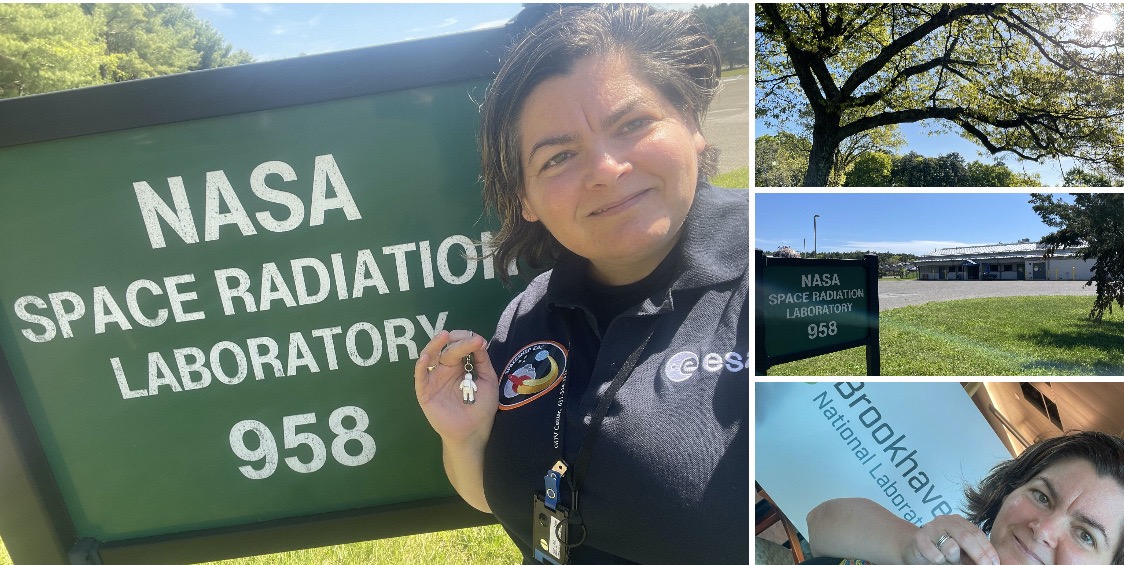Space Architecture, R&D
Astro SpArch
Our mission is to ensure astronauts (career, tourists and any professionals spending significant time in space) can perform their duties at the highest level by assisting/supporting with the design of space habitats, providing a truly interdisciplinary service to our clients and developing architectural space radiation shieldings (patents pending) to ensure safe space exploration by humans with possible auxiliary activities.
UPCOMING EVENTS:

14-18 October - IAC Milan
We will be at the International Astronautical Congress in Milan. Our schedule is mostly full but feel free to reach out if you wanted to meet us.
Alternatively, we will be at the 3 space architecture sessions (E.5.1, A5.4, E5.6), at the WIA-E booth, at the Regione Piemonte booth (16 Oct, 15:30) and our next paper will be presented on the 18th of October in Space Hall 4 at 10:15.
We hope to see you there.
PAST EVENTS and NEWS:

Summer of 2024
13-21 July - COSPAR 2024
Our paper on "How is space radiation not a showstopper and why humans have always accepted the risk of exploration" in the series of design solutions to tackle space radiation has been presented in Busan (Korea).
8 June - SATC Gathering
Esther Gulacsi, our CEO, presented about the work Astro SpArch is doing for AIAA's Space Architecture Technical Committee.

Space Radiation experiment at the NASA Space Radiation Lab (NSRL) - 13-22 May 2024
We had the opportunity to test our technologies' capability of radiation reduction against Galactic Cosmic Rays simulation at the NSRL lab at the Brookhaven National Laboratory. It was wonderful to be able to learn from the nuclear and particle physicists at NSRL and collaborate with them to improve the details of the radiation experiment to get useful data that helps us develop our radiation shieldings.
For further details please click on the image to see the posts on LinkedIn.

IEEE EUROCON - 7 July 2023
The IEEE EUROCON2023 poster competition was an amazing experience for us at the Politecnico di Torino.
We had the chance to introduce our business to a large audience, and answer lots of fungi questions.
Special thank you to Nirav Patel for bringing our poster design to life!

IAF Spring Meeting 2023
Although only virtually (our CEO, Eszter Gulacsi is on the big screen, 3rd row in the middle) but we attended the Space Habitat Committee meeting at the end of March 2023. The meeting was very informative, several interesting presentation to listen to, and Eszter Gulacsi was accepted as a new member.
Our website is still under construction, it keeps evolving with us.
Please bear with us while we correct all the glitches and mishaps.
Integration, testing and the rollout take some time but the launch will be worth the wait.
Feel free to reach out through LinkedIn (https://www.linkedin.com/company/astrosparch/) or drop us an email.
We are here to support you and your engineers
Astro Space Architecture is here to help with systems engineering questions keeping the human factors in mind, to design space habitats and to fill the gap between disciplinaries.